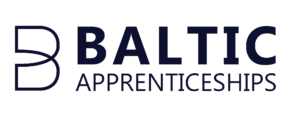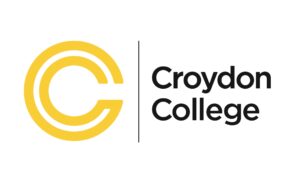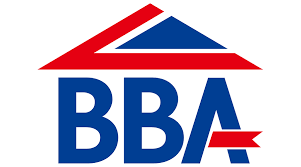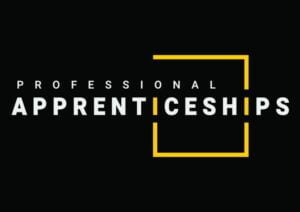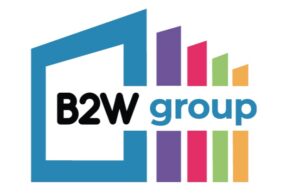EPA Examples and EPA Questions
This guidance was correct at the time of publication. Please be aware it may no longer reflect current guidance. Please refer to our current support materials for up to date guidance. This can be found on the EPA Pro portal.
Two of the most popular questions when preparing for end point assessment (EPA) are ‘What EPA questions will be asked?’ and ‘Where can I find EPA examples?’
While we can’t cover EPA questions and EPA examples for every standard, this blog will give you great advice on how to prepare for your assessment and increase your chance of success.
EPA Examples
When looking for EPA examples, your end point assessment organisation (EPAO) should be able to guide you. They can give examples of:
- How to prepare for EPA
- What to expect
- The type of questions you might be asked
- How you can show off your knowledge, skills and behaviours.
Training providers can ask EPAOs for this guidance and they may have also prepared EPA examples of their own. 1st for EPA provides a Toolkit (or Resource Pack) for each standard, and this includes guidance on all of the areas above. Apprentices registered with us can get this Toolkit from their training provider.
Other apprentices should speak to their training provider, coach or tutor to see if there are any EPA examples available.
You may also find these articles useful:
Apprentice Guide: How to Prepare for EPA
Video: What to expect from EPA
Video: How to ace your end point assessment
EPA Questions
If apprentices knew the exact EPA questions they would be asked, there would be no flexibility to explore what you’ve learned. Our top advice is not to focus on the exact questions, but instead focus on the assessment criteria for each assessment method. You should find these in your EPAO’s Toolkit or guidance. If not, you can find them in the relevant Assessment Plan on the Institute for Apprenticeship’s website. For most standards, the criteria will be grouped into Knowledge, Skills and Behaviours. Familiarising yourself with these are key to EPA preparation.
By focusing on the criteria you’re being assessed against, you won’t need to know the exact EPA questions you’ll be asked. Instead, you’ll have a high level view of what the assessor is looking for you to show.
You’re familiar with the criteria, what next?
Consider each criteria in turn and how you have met each one through your time on your apprenticeship. If you have an interview or professional discussion as part of your assessment, practice speaking about these out loud. You might find it useful to write EPA questions based on these criteria, and then answer them.
Your Toolkit will suggest how many questions you’ll be asked and how long each answer should be. Use this as a guide to ensure you’re including a good amount of detail.
Each answer should be more than a sentence or two – it should explain your thought process, what decisions you made and why. For some criteria, you may also be expected to include who you worked with or what tools you used.
Many training providers carry out mock assessments by writing EPA questions this way and then practising with apprentices under realistic assessment conditions. Speak to your tutor or coach to see if this is an option.
You may also find these articles useful:
6 Ways to Demonstrate Skills and Behaviours in End Point Assessment
How to answer questions in EPA interviews and professional discussions
Training providers may be interested in:
Preparing Apprentices for EPA: Interviews and Professional Discussions
How training providers can prepare their apprentices for EPA







